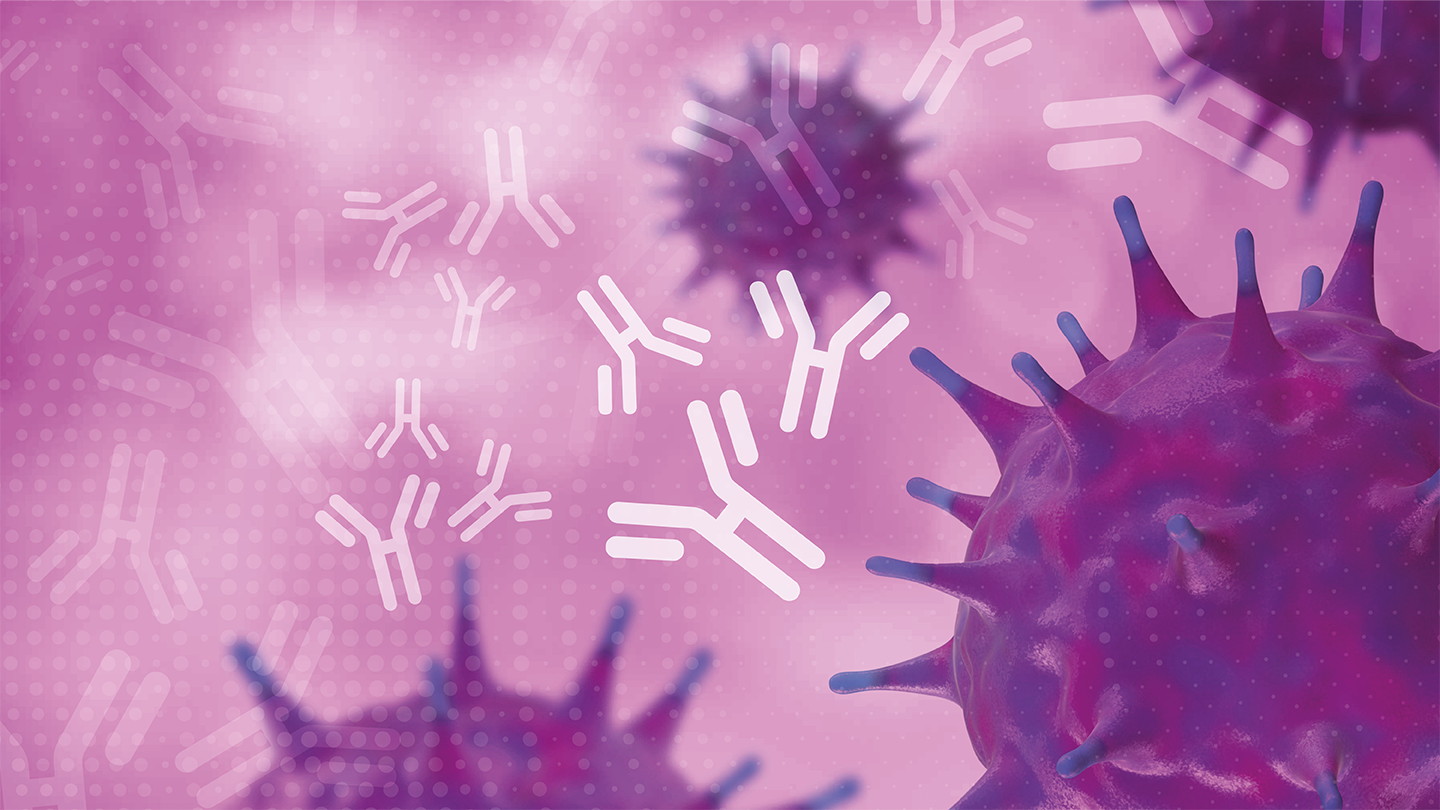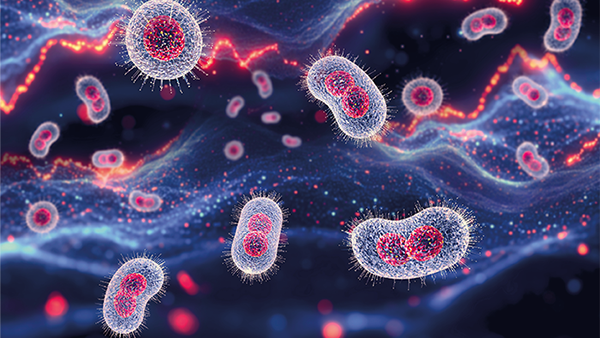COVID-19: An Evolving Origin Story
The analysis of metagenomic sequencing data sheds a little more light on how SARS-CoV-2 was first transmitted to humans – but where next?
When COVID-19 was an approaching dark cloud in early 2020, the Chinese Center for Disease Control (CCDC) collected and analyzed environmental samples from the Huanan Market in Wuhan – an area that became a focal point for later research into the outbreak (1). However, despite being uploaded to the Global Initiative on Sharing All Influenza Data (GISAID) database in June 2022, the metagenomic sample data wasn’t made available to the public.
In March 2023, the raw sequence data from the market samples were made public. An international team of scientists conducted independent analyses of the data and found that DNA sequence reads from susceptible animals were highest in the southwest corner of the market – an area where the majority of SARS-CoV-2 environmental RNA was previously detected and vendors were selling live, susceptible mammals (2). They also discovered that the presence of mitochondrial nucleic acids from potentially susceptible animals – including racoon dogs – were higher than that of humans.
A sufficient abundance of animal mitochondrial DNA sequences were present in some samples, allowing researchers to assemble near complete mitochondrial genomes. This data can help trace the sources of these animals upstream of the market for further investigations of the origin of SARS-CoV-2.
Additional de novo assembly from sequencing reads revealed the presence of RNA and DNA of raccoon dogs at the wildlife stall within Huanan Market. The co-occurrence of SARS-CoV-2 and susceptible animal RNA and DNA in the same samples indicates that the common raccoon dog in particular is the most likely conduit for the emergence of COVID-19 in late 2019.
Unfortunately, the data used to generate the latest report has once again been whipped away from view. And the research team believes that further data from other studies conducted by the CCDC at Huanan Market remains under virtual lock and key.
While this additional data remains inaccessible, we may just have to accept that this is the closest we’ll come to understanding the events that might have led to the emergence of SARS-CoV-2 and the resulting COVID-19 pandemic…
This article originally appeared on our sister brand, The Analytical Scientist.





